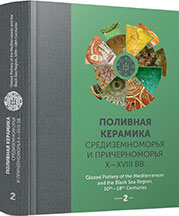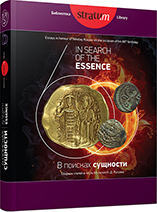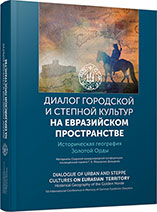
Поливная керамика Торговицкого археологического комплекса периода Золотой Орды
Glazed ceramics from monument excavations near Torhovytsia village (Ukraine), which belongs to the Golden Horde urban culture, is introduced in this paper. The classification of ceramic materials has been carried out on the well-established basis; classification criteria are already developed in the literature and include the composition of clay, the transparency and color of the glaze, peculiarities of the decor. Torhovytsia glazed ceramics is divided into glazed red-clay ceramics and the Qashan ceramics.Torhovytsia red-clay ceramics quantitatively prevails (94.4%) in the composition of glazed ware. Green and yellow colors constitute the basis of the glaze color palette. Sgraffito technique predominates in the decor.The Qashan ceramics is very rare in Torhovytsia. All of it was brought mostly from the eastern regions of the Golden Horde.
More...

